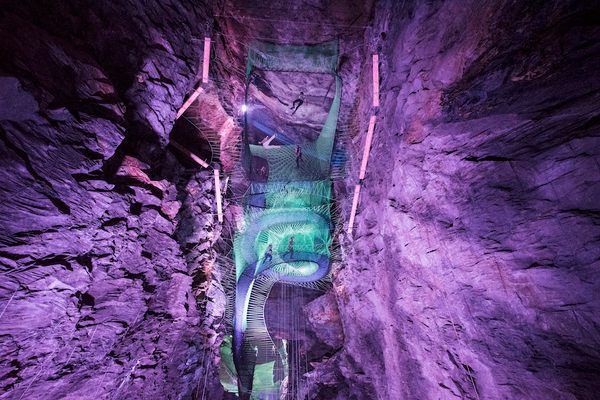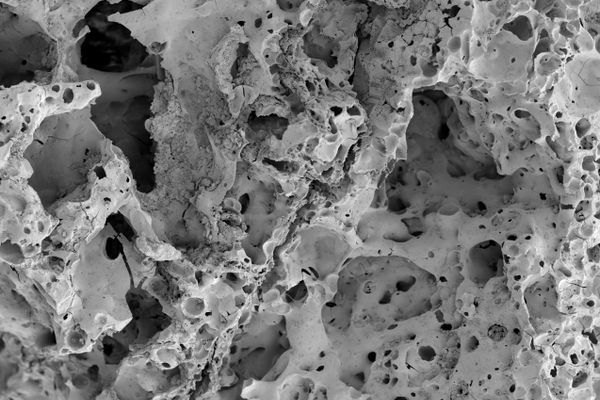The Hidden Cropmarks of Wales, Revealed by a Drought
These unmistakable squares and circles are the remnants of settlements from as far back as the Bronze Age.

For farmers in Wales, an ongoing drought has meant stressed water supplies and crops. But for Toby Driver, an aerial investigator for the Royal Commission on the Ancient and Historical Monuments of Wales, it has meant long hours logged in a plane, capturing images of elusive cropmarks that reveal the sites of long hidden ruins.
From above, these cropmarks stand out starkly from the landscape—unmistakable squares and circles that outline settlements from as far back as the Bronze Age. In the past weeks, Driver has captured cropmarks across the Welsh countryside, including those made by a previously undiscovered medieval cemetery, a rare type of monument in this area.

Cropmarks make sense when you think about them. Years ago, the people who settled in these places dug furrows and moats to help protect their lands, built foundations into the earth, and constructed walls. Those features are now invisible on the surface of the land, but their remnants still lurk beneath. Where walls once stood, the soil might be shallower; a filled-in ditch can mean a deep pocket of rich soil.

Most years, these variations in the ground don’t make much of a difference to plants, especially if they’re hardy and shallow-rooted. But when resources are scarce, a filled-in ditch can be a source of much-needed water, allowing the lucky plants above to grow green and strong while their neighbors wilt. Conversely, plants growing above old walls might struggle while their neighbors thrive.
On the ground, the patterns these resource allocations create might be hard to discern. But from the air, they’re clear and distinct. Driver is trying to capture as many as he can before, as everyone hopes, the current drought breaks, and the fields of Wales grow green and strong, whatever lies beneath them.


















Follow us on Twitter to get the latest on the world's hidden wonders.
Like us on Facebook to get the latest on the world's hidden wonders.
Follow us on Twitter Like us on Facebook